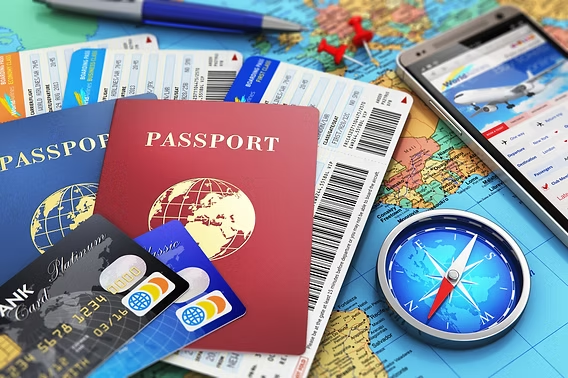The top 5 common errors made by UAE visitors when submitting an application for a Schengen visa, along with advice on how to avoid them to increase your chances of being granted one:
1. Incomplete or Inaccurate Documentation Error: submitting documents that are missing, out-of-date, or incorrect (such as unstamped bank statements, out-of-date airline reservations, or expired insurance).
Fix:
✔️ Double-check the embassy-specific checklist
✔️ Ensure financial documents are recent and stamped
✔️ Provide confirmed flight and hotel bookings
✔️ Use valid travel insurance covering €30,000 in the Schengen area
2. Weak Travel Itinerary
Mistake: Vague, unrealistic, or inconsistent travel plans (like staying in Paris but entering through Madrid without valid explanation).
Fix:
✔️ Create a clear, day-by-day itinerary
✔️ Align entry/exit points with your bookings
✔️ Be consistent with your travel purpose and documentation
3. Inadequate Financial Proof Error: displaying no income history, sizable, inexplicable deposits, or low or suspicious bank balances.
Fix: ✔️ Keep a healthy bank account (usually between €50 and €100 per day of stay) ✔️ Present pay stubs, employment letters, or business paperwork ✔️ If you are financially dependent, include a sponsor letter.
4. Applying at the Incorrect Embassy Error: Applying through a nation where you don’t spend a lot of time.
Solution: ✔️ Submit an application via the embassy or consulate of the nation where you plan to spend the most nights.
✔️ If visiting multiple countries equally, apply where you first enter the Schengen zone
5. Ignoring Processing Time
Mistake: Applying too late or too early—Schengen embassies need time to process applications.
Fix:
✔️ Apply at least 15 working days in advance, but no earlier than 6 months before travel
✔️ Monitor appointment availability and book early, especially in peak seasons
By avoiding these common pitfalls, UAE travellers can significantly boost their Schengen visa approval rate and enjoy a smoother travel experience across Europe.









